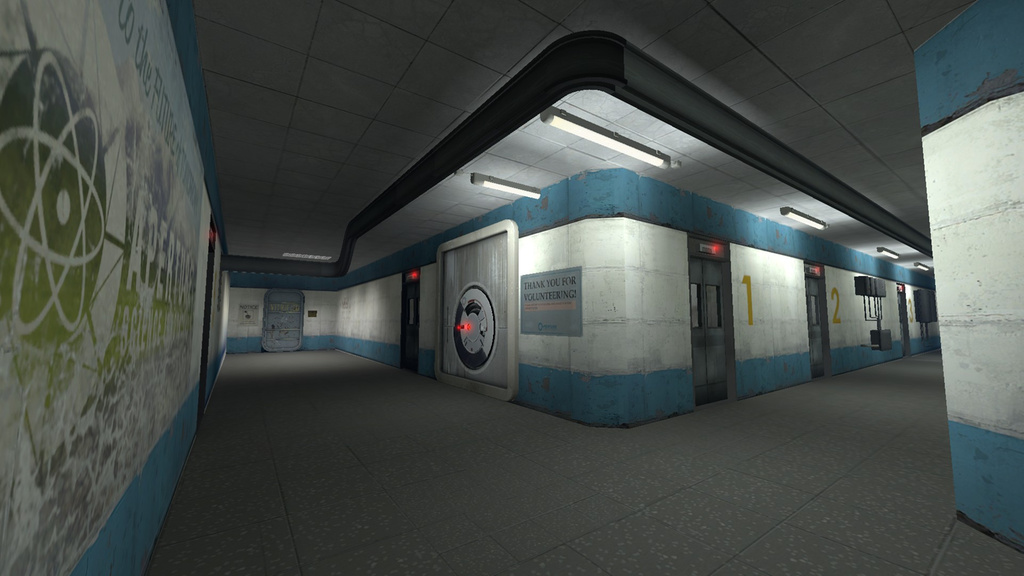

For inputs, the monitor has DisplayPort and HDMI connectors to allow gamers to switch between a PC and a game console. Since this one uses a TN panel, this display is not aimed at professionals and exchanges refresh rate for color accuracy and viewing angles (it supports 170°/160° horizontal/vertical. Moreover, with such high peak refresh rate, it is possible to use the monitor for stereoscopic 3D gaming using NVIDIA’s 3D Vision 2 glasses. The key advantage of the S2417DG display for gamers is support for NVIDIA’s variable refresh rate G-Sync technology, allowing dynamic refresh rates between 30 and 165 Hz, which is a very decent range for a WQHD monitor. The S2417DG is based on a 23.8” TN panel with a 2560×1440 resolution, a peak brightness of 350 nits as well as a 1000:1 contrast. The Dell S2417DG is a monitor that the supplier recently added to its web-site in various locals but not via an official press release at this point. The products belong to the entry-level and mainstream segments.

One of the monitors uses a full-HD (1920x1080) IPS panel with a refresh rate up to 75 Hz, whereas the other has a WQHD (2560x1440) TN panel with a refresh rate up to 165 Hz. If you have any suggestions regarding the improvement of this post, please let us know through the comment section below.Dell has quietly expanded its lineup of gaming displays with two new monitors featuring dynamic refresh technologies from AMD and NVIDIA. I hope this might help you in some way when you go out to purchase your new display device. This clarity is delivered at the cost of higher battery consumption.

The more your device supports, the crispier the images will appear. Resolution represents the number of pixels shown by the device. Because of practical technical constraints, they have chosen now the popular 16:9 formats with twice (HD) and thrice (1920 x 1080 or FHD) the VGA width instead. It has four times the width and three times the height of the VGA precisely. So, 2560 x 1440 resolution with aspect ratio 16:9 is regarded by the ATSC in the late 1980s to become the standard HDTV format. Standard-definition television (SDTV) system uses an aspect ratio of 4:3, and it’s not considered optimum for high definition television (HDTV) broadcast. While 2560 x 1440 has around 2.5K pixels and so it must be called 2.5K instead of a 2K resolution? Comment your views below. Technically it’s all unnecessary as all HD resolutions are wide, but its also helpful to differentiate from the resolution of 960 x 540, which is called qHD(small q and capital Q can be confusing sometimes, so WQHD).Īs per Digital Cinema Initiatives, 2048 × 1080 is 2K resolution. It tells the full-screen format of the resolution. It is also called WQHD because of its marketing purpose.

While QHD stands for Quad High definition, that is, it has four times as many pixels as HD (1280 x 720 or 720p). Here K stands for the number of pixels a device can display in thousands. 2560 × 1440 means it can display 2560 pixels horizontally and 1440 pixels vertically. Hence, it provides a large visible area and very crispier images. Higher the resolution of the screen, the higher the no of pixels a device can display. Its the number of pixels that a display device can show. The most commonly used aspect ratios are 16:9, 4:3, etc. In simple terms, it is the ratio you get by dividing the width to height (for resolution 320×240 = 320/240 i.e., 4:3). The aspect ratio of any device is the ratio of its width to height. Before moving on to more technical terms, let us understand some essential words, if you are not familiar with them. It is a display resolution of 2560 x 1440 pixels in a 16:9 aspect ratio. 2650 x 1440 is also called Quad HD(QHD) or Wide Quad HD (WQHD) or 1440p.


 0 kommentar(er)
0 kommentar(er)
